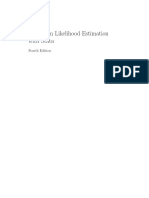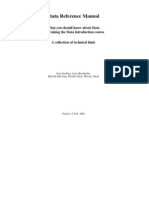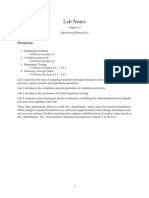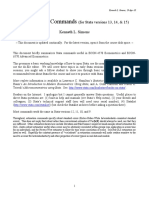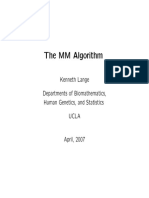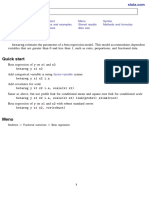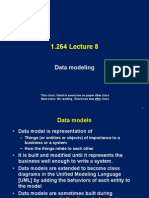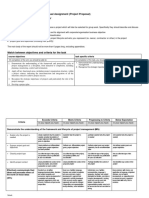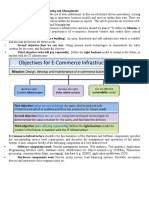0% found this document useful (0 votes)
69 views7 pagesR Maximize
This document provides details about the iterative maximization process used by Stata commands to maximize likelihood functions. It discusses the Newton-Raphson method and options like convergence tolerances, algorithms, and specifying initial parameter values. Maximization options allow changing the stepping algorithm, number of iterations, and displaying output to aid convergence.
Uploaded by
Mariia SungatullinaCopyright
© © All Rights Reserved
We take content rights seriously. If you suspect this is your content, claim it here.
Available Formats
Download as PDF, TXT or read online on Scribd
0% found this document useful (0 votes)
69 views7 pagesR Maximize
This document provides details about the iterative maximization process used by Stata commands to maximize likelihood functions. It discusses the Newton-Raphson method and options like convergence tolerances, algorithms, and specifying initial parameter values. Maximization options allow changing the stepping algorithm, number of iterations, and displaying output to aid convergence.
Uploaded by
Mariia SungatullinaCopyright
© © All Rights Reserved
We take content rights seriously. If you suspect this is your content, claim it here.
Available Formats
Download as PDF, TXT or read online on Scribd
/ 7


